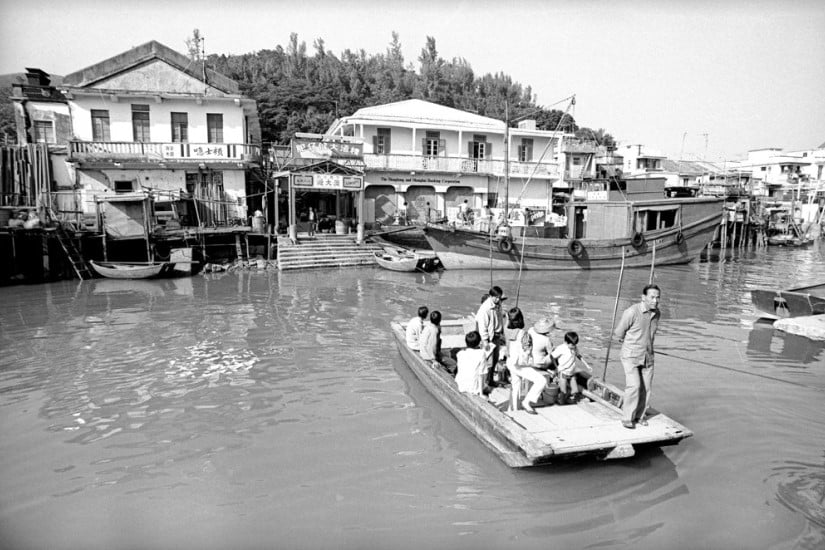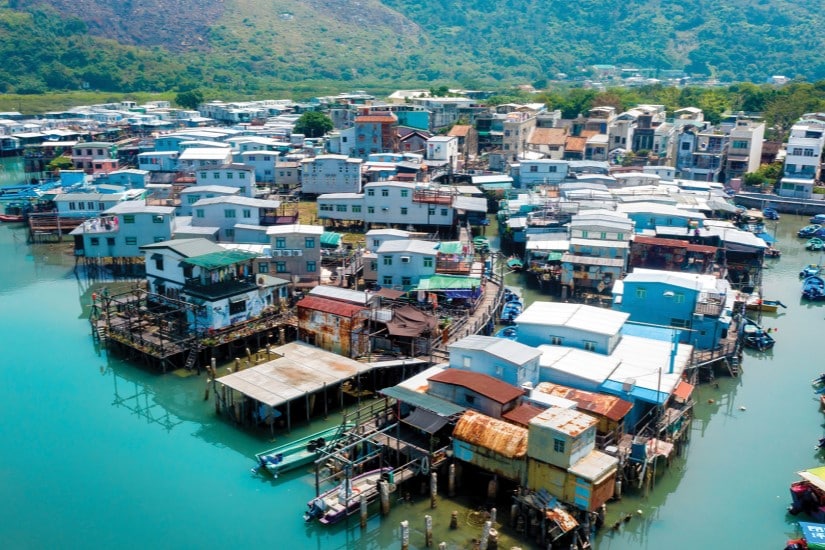Whenever it’s time for a holiday, do you feel lost and unsure of what to do? You want to have a fulfilling vacation, but end up staying at home with nothing to do because you don’t know where to go, feeling like you’ve wasted the entire holiday. Why not go out and explore, discover some great places in Hong Kong? This time, let me introduce you to Tai O, why it’s a great place to visit, and what makes it special.
The History of Tai O
According to historical traces and rumors, Tai O was once a base for many smuggling and pirate activities in the past, and at the same time, the government also used Tai O as a base to defend the shipping on the Pearl River. There are fortresses visible around Tai O, and historians believe that these fortresses were built as early as 1729, with a long history.
According to history, as early as the Song Dynasty, Tai O had already begun to develop the salt industry. In the 16th century, the Portuguese arrived on the southern coast of China, and the Kingdom of Portugal once occupied Tai O to build a supply base, but was later repelled by the Ming army in the Tuen Mun area. Later on, with the development of Tai O’s fishing industry, Tai O gradually became known as “Tai Hang Village.”

In modern times, as the fishing industry in Tai O gradually declined, villagers found it difficult to make a living solely by fishing. As a result, they turned to seafood processing, which also became well-known in Tai O. The iconic stilt houses in Tai O, which have been repeatedly targeted by the government, were finally preserved in 2002 due to opposition from residents and public opinion, in order to maintain the unique characteristics of Tai O’s stilt houses and salt pans.
The characteristics of Tai O

As a major tourist destination in Hong Kong, Tai O is characterized by stilt houses that exude a strong fishing village atmosphere. Visitors can cross the Tai O waterway using different steel pedestrian bridges or rent small boats driven by villagers to navigate the waterways and witness sights that are hard to come by elsewhere. Also known as the “Venice of Hong Kong” due to its abundance of waterways like Venice.

Another feature of Tai O is its specialty seafood products, such as salted fish, dried seafood, shrimp paste, and fish maw, all of which are unique products of Tai O and are sold on both sides of the Tai O market and Main Street. Whether you are a tourist or a local resident, once you taste it, you will fall in love with it, so for those who are interested, especially those who love seafood products, be sure not to miss it.

Furthermore, Tai O has a Yeung Hau Temple, which was designated as a Grade I historic building in October 2017, believed to have been built in the 38th year of the Kangxi reign of the Qing Dynasty, in 1699. At that time, during the Southern Song Dynasty, the Mongols attacked, and Yeung Leung-kit protected Emperor Duanzong and Emperor Bing of Song as they fled to present-day Hong Kong. Unfortunately, Yeung Leung-kit passed away while protecting the emperors, and later generations built the temple to commemorate his loyalty and bravery in protecting the emperors during his illness. During the traditional Dragon Boat Festival each year, villagers first go to the Yeung Hau Temple to welcome the gods, and in 2011, this practice was included in the national list of intangible cultural heritage.

The last feature of Tai O is its mangroves and salt field ruins. In the past, Tai O was not only prosperous in fishing, but also produced sea salt. During the Qing Dynasty more than 300 years ago, the government focused on developing the salt industry, making Tai O full of salt fields. Later, the salt industry began to decline in the 1960s, and many salt field ruins were completely abandoned in the 1980s. At the same time, due to the location of Tai O’s salt fields at the brackish water boundary, a large number of mangroves grew nearby after the salt fields were abandoned, attracting many fiddler crabs and mudskippers to live nearby. Therefore, if visitors reach some of the salt field ruins, they can not only see the buildings of the former salt fields, but also enjoy the beautiful mangrove scenery.

